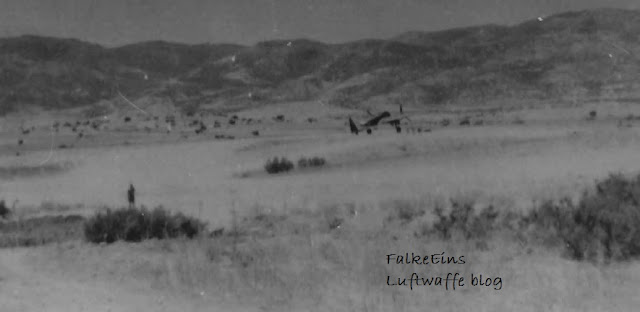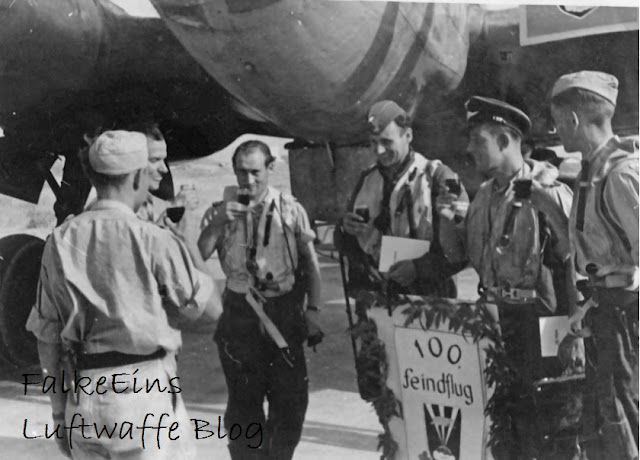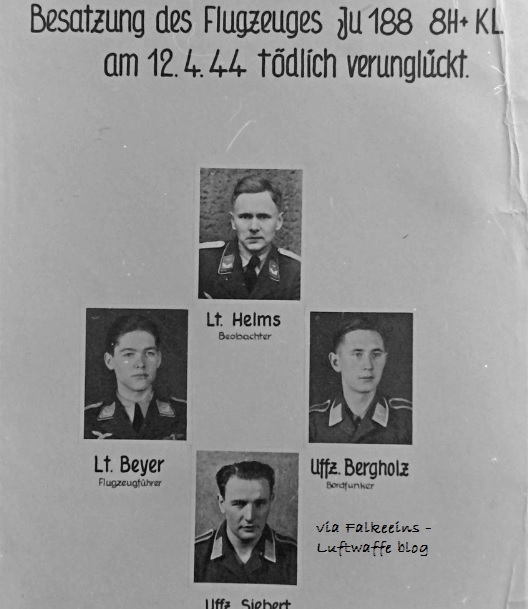".. A brief search made me realize that no one had written a book on the everyday life in the Aegean during the German occupation 1941-45. After the conquest of Crete by German airborne forces - none were landed by sea - this sector of the Mediterranean fell into the most complete oblivion. During a period of ten years I gathered a lot of information on Greece during the Second World War and I had to restrict this study to the islands of the Aegean Sea occupied by German troops. The title is indeed the perfect summary of the contents of the book..."
After Kos had fallen to the Germans on 4 October, the Luftwaffe concentrated on the fortified island of Leros, the 'Malta of the Aegean'. Eisenbach flew eight sorties against this island in support of German airborne forces - some of the Stuka sorties flown from Megara were up to four hours long. The British and their new Italian allies fought desperately but this last allied bridgehead had to capitulate on 16 November after five days of fierce fighting. Late in the day, the USAAF supported its British 'ally' by bombing airfields on the mainland. P-38 Lightnings (with sufficient range) of the 37th FS (14 FG) from Africa had even surprised a Ju 87 formation on a mission over the Aegean on 9 October - Major William Leverette claimed seven St.G 3 Ju 87 Doras downed - among those KIA was the StaKa of 5./St.G 3 Hptm. Peter van Heydebrandt. But this limited support could not prevent disaster, the fighting in the Dodecanese constituting one of the last victories of the Wehrmacht. Having championed an invasion of southern Europe through the Balkans as a means of shortening the war, the loss of the Dodecanese was a defeat for Churchill. While even British authors consider the Aegean adventure as 'Churchill's folly', it is quite possible that his vision of an assault through Europe's 'soft underbelly' could have enjoyed more success than the 'American' invasion of mainland Italy - a country with a mountainous spine that was easy to defend and which the Allies only took at tremendous cost....







.jpg)



































.JPG)